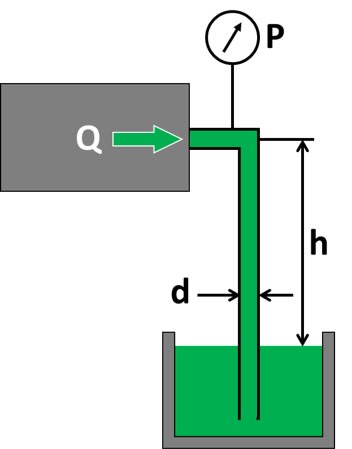Bumblyari
Industrial
- Nov 20, 2015
- 25
Is there a simple way of calculating the pressure drop of fluid (hydraulic oil) flowing down a vertical pipe ?
Or should I be asking this on the Pipelines Forum ?
Or should I be asking this on the Pipelines Forum ?

